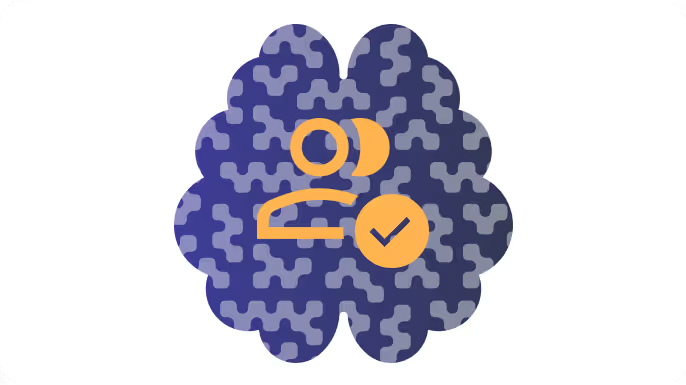Product management has evolved significantly over the years, adapting to customer expectations, increased competition, and technological advancements. What was once a fragmented and operational role is now one of the most strategic and cross-functional disciplines in many organizations. Modern product management has two key goals; delivering customer value and, subsequently, driving business growth.
In the past, product managers were often hardened SMEs relying on previous experiences and assumptions. However, in recent years, subject matter expertise has become less critical as the focus has shifted to better understanding a wide variety of users. Product managers now emphasize understanding customer needs, conducting user research, and gathering feedback to inform feature prioritization and, more importantly, the desired value-driven outcomes for customers.
These days, PMs have a massive amount of data at their disposal, enabling experimentation and validation. This iterative mindset helps mitigate risks, validate hypotheses, and optimize product features based on user feedback. And, to that end, user feedback is the key — the currency of modern product management feedback is what makes or breaks a product.
Traditional user feedback methods are a miss
Traditionally, user feedback has been gathered through surveys and customer interviews. Surveys are emailed to customers to gather feedback. Pretty straightforward. Customer interviews allow PMs to dig deeper into customer motivations, pain points, and specific use cases.
What do traditional product research methods have in common? They are labor-intensive, often expensive, and time-consuming, requiring reliance on other teams to complete. And, maybe the biggest drawback is that the data and insights generated are typically from a small subset of the product’s user base.
Welcome to the AI-era
AI-powered platforms are making it possible to sift through data using natural language processing (NLP) and machine learning algorithms to quickly analyze large amounts of customer-generated information like email, tickets, call transcripts, and more. These data sets have been nearly impossible to access in the past because of their unstructured nature. AI-based tools can search for patterns and recognize key signals that might be difficult and even impossible for humans to spot, especially at scale.
AI is catapulting PM teams into a new era by enabling them to quickly and accurately identify trends in user preferences and behaviors related to specific feature requests, common product defects, and areas the most prone to user confusion.
Additionally, AI-based platforms analyze vast amounts of data in real-time, helping product managers iterate and experiment faster while reducing costs and reliance on other teams. With the help of AI, teams can gain valuable, unbiased insights into their products more efficiently and more effectively than ever before.
Real use case examples are maturing
For example, product teams at HireEZ, the award-winning outbound recruiting solution, use Sturdy to slice and dice real user feedback like feature requests, confusion, and product friction by product mix, segments, and cohorts to understand better how to maintain product-market fit across their customer base.
Teams at MP, a leading provider of innovative HR technology and managed HR services, no longer rely solely on surveys and interviews to understand customers better. They use the real voice of the customer from email and support tickets to better identify opportunities to improve their offerings.
It’s no surprise that AI is transforming product management. The function was poised for evolution. AI is now simply accelerating more teams to become even more customer-focused, data-driven, collaborative, and iterative. Product managers are embracing digital transformation, agile methodologies, and a customer-centric approach to navigate complex market dynamics and deliver innovative products.

.png)

.png)
.png)

